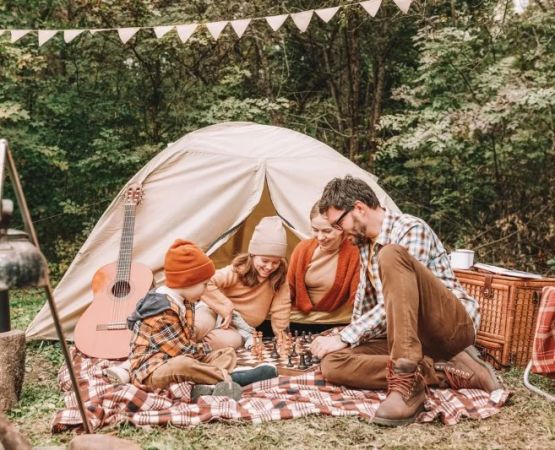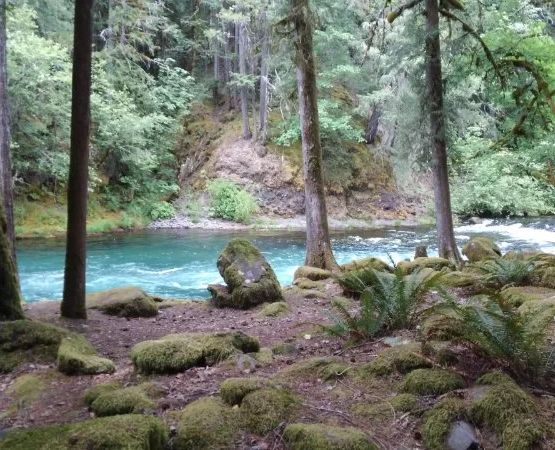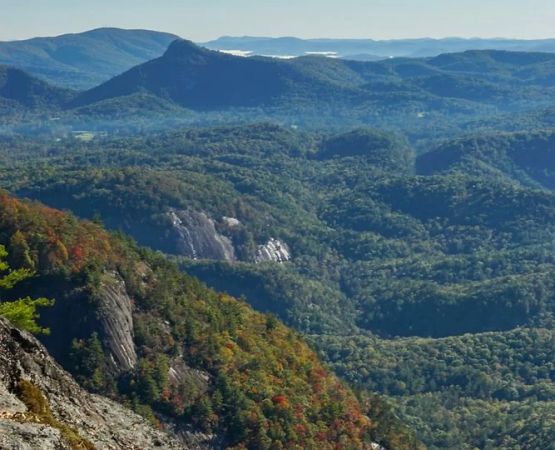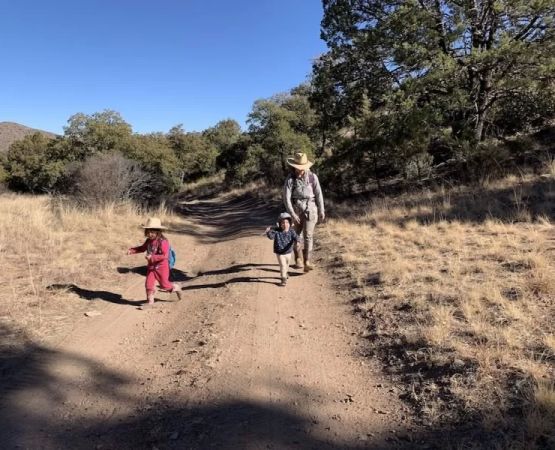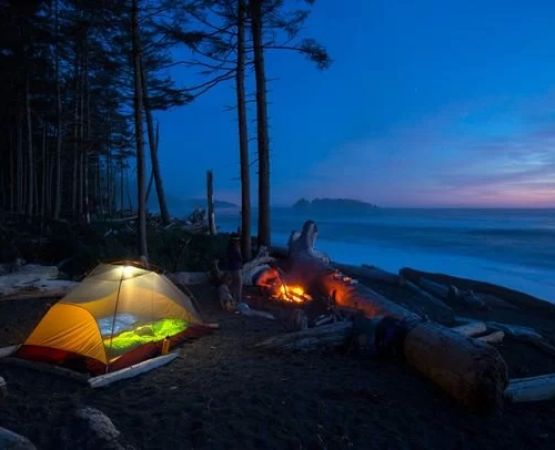- understanding-minor-burns-from-hot-coals
- immediate-first-aid-steps
- real-cases-and-common-mistakes
- long-term-care-and-prevention
- why-choosing-reliable-resources-matters
1. Understanding Minor Burns from Hot Coals
When spending time outdoors at a barbecue, campfire, or resort fire pit, it’s not unusual for accidents to happen. Touching or stepping on hot coals can result in painful skin injuries. Learning how to deal with minor burns from hot coals is essential not only for reducing pain but also for preventing complications such as infections. These burns are usually classified as first-degree or small second-degree burns, often leaving redness, swelling, and discomfort.
2. Immediate First Aid Steps
2.1 Cooling the Burn
The very first step is to cool the area with clean, cool (not ice-cold) water for at least 10–15 minutes. This helps reduce skin temperature and prevents deeper damage. Using ice directly can worsen the injury, so it’s important to avoid that common mistake.
2.2 Protecting the Skin
After cooling, cover the affected area with a sterile, non-stick bandage or a clean cloth. This reduces the risk of infection while the skin begins to heal. Applying butter, oils, or toothpaste is not recommended, despite popular myths, as these can trap heat and bacteria.
2.3 Relieving Pain
Over-the-counter pain relievers such as ibuprofen can help ease discomfort. Additionally, keeping the burn elevated (if possible) minimizes swelling. At places like Pine Cliff Resort, first aid kits are always stocked with essentials for handling these unexpected situations.
3. Real Cases and Common Mistakes
One guest at a lakeside retreat once described stepping barefoot on a smoldering coal that had rolled away from the fire pit. They immediately cooled the burn in the nearby lake, but later applied butter after hearing it from a friend. This mistake prolonged the healing process and caused unnecessary pain. Stories like these remind us that knowing the right steps in the moment can make all the difference. By handling the burn properly from the beginning, recovery is usually much faster and less complicated.
4. Long-Term Care and Prevention
4.1 Monitoring the Healing Process
Minor burns usually heal within a week or two, but it’s important to keep the wound clean and change bandages regularly. Watch for signs of infection such as increased redness, swelling, pus, or fever, and seek medical care if these occur.
4.2 Preventing Burn Accidents
Preventing burns is as important as treating them. Always wear shoes near campfires, use protective tools when handling coals, and make sure the fire is properly extinguished before leaving the area. Resorts such as Pine Cliff Resort emphasize guest safety by ensuring fire pits are maintained and safety instructions are available for all visitors.
5. Why Choosing Reliable Resources Matters
With so many myths and outdated remedies circulating online, it is crucial to rely on trusted resources for health and safety. Resorts like Pine Cliff Resort not only provide safe environments but also ensure staff are trained in basic first aid, giving guests peace of mind during their stay. Having reliable guidance allows you to enjoy outdoor experiences fully, without the fear of small accidents turning into bigger problems.
Taking Control of Safety
Knowing how to deal with minor burns from hot coals empowers you to act quickly and correctly when accidents happen. By cooling, protecting, and caring for the skin, you set the stage for smooth recovery. And by turning to trusted services like Pine Cliff Resort, you ensure that both prevention and treatment are handled with care, allowing you to focus on enjoying every moment of your outdoor adventure.

